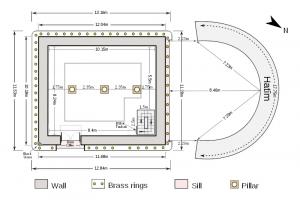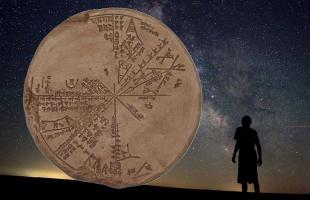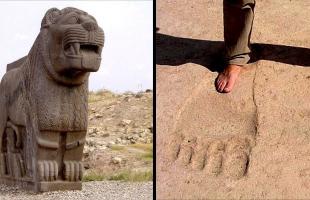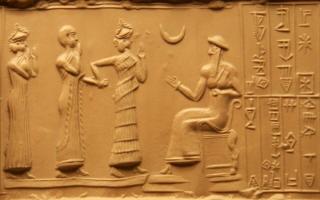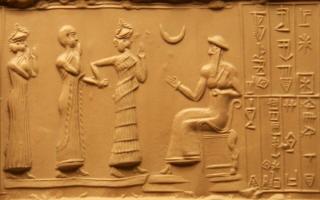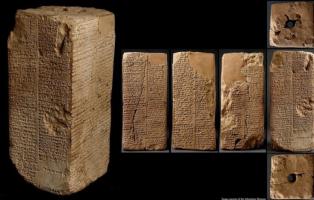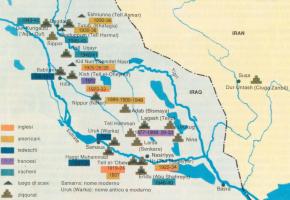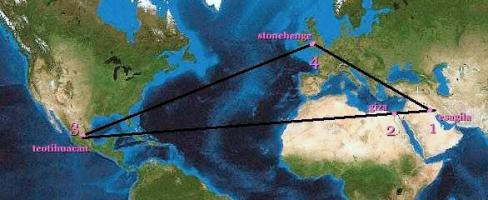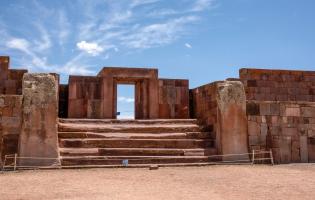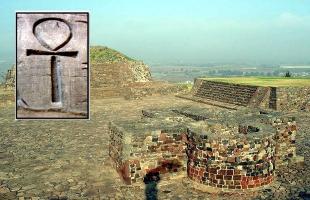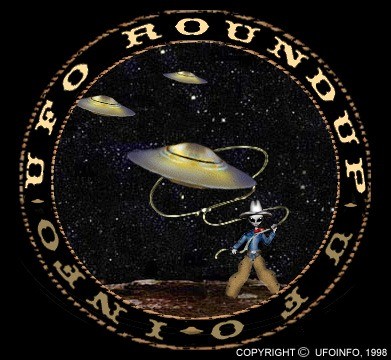Was the Kaaba a Sumerian temple?

Before the era of writing there was an era known as prehistoric time. In these ancient times the inhabitants of the Two Rivers Valley (Mesopotamia) brought some stones and minerals (including raw copper) from some parts of the Arabian Peninsula, probably the southeastern part of it, currently known as Oman, whose name was mentioned in ancient Iraqi texts as "Majan". This part of the island remained a source of copper in historical times.
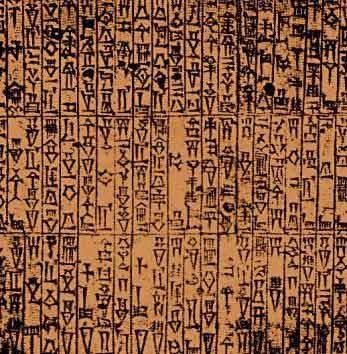
Ancient Iraqis also brought volcanic stones today known as the obsidian stones. It is worth noting that the Arabian Peninsula enjoyed important commercial contacts with Egypt.
Therefore, it is possible to link the Arabian Peninsula to a large peg located between the two oldest cultural homes, the Nile Valley and the Two Rivers Valley, and there is no doubt that it was influenced by these two cultural centers throughout various historical eras.
Taima and its role in cultural connections
The Kingdom of Saudi Arabia in the middle of an oasis near the northwestern edge of the Najd desert in northern Hijaz was an imporant Kingdom connecting the Gulf of Aqaba and Petra to the west and the Arabian Gulf to the east.
Caravans of those departing from the Levant to Yemen pass through it in the south and in the middle, near the Mecca. The Levant, Babylon and Egypt gained, as a result of this distinguished location, a special status and importance throughout various historical eras. Furthermore the land of Taima is a fertile land, and palm trees grown there in abundance. It has abundant water. For irrigation the inhabitants use the the water of the Haddaj and some other natural watercourses, such as Al-Husseiniyah, Khuwaylid, and Al-Rosham canals.
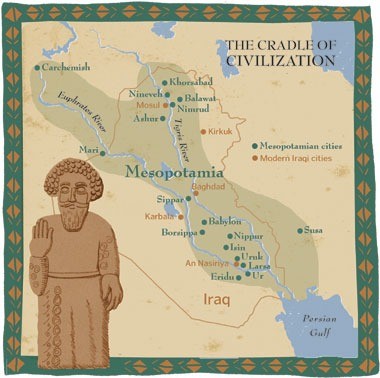
Ancient Iraqi texts indicate that this oasis had cultural links with Mesopotamia dating back to the time of the Assyrian king Tiglathplazar III (744-727 BC). In the annals of this king we read that he fought Arab cities and tribes (it should be noted that the expression “Arab” in this article is not used in the national sense, but rather in the social sense, just like a Bedouin expression) such as Masai, Temai, Sabia, Haiapai, and Badania, and receiving gifts of obedience and loyalty from them.
After that, references continued to the campaigns of the Assyrian kings, including Sargon II (721-705 BC). He mentions in his texts that he entered the northwestern region of the Arabian Peninsula and received gifts of obedience and loyalty from the Bedouin tribes residing in that region. The Assyrian's control over the regions of the north of the Arabic peninsula continued during the reign of the two kings Sennacherib (705-681 BC) and Assyria in Nepal (669-627 BC) with the aim of imposing direct control over its commercial centers. This is what we infer through the cuneiform texts that came to us from the era of these two kings.
The Babylonians in Taima
During the era of the New Babylonian State (626-539 BC) the Babylonians attached oasis of great importance, especially during the era of their last king Nabonidus (556-539 BC). He campaigned against it in the year (549 BC) and took advantage of it. He built a palace for himself as his residence, as his rule extended for ten years. He referred to the palace in his texts as:
"It is like the palace that Nebuchadnezzar II built in Babylon, and made Taima a prosperous city".
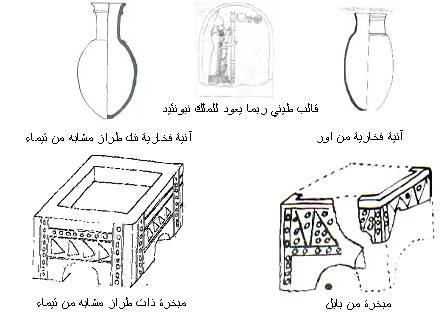
In fact, Tayma represented the true capital of the Babylonian Empire after Nabonidus let his son Belshazzar rule on his behalf in Babylon. Among the important texts that guide us to knowing a lot about this settlement of the Babylonian king in Taima are two obelisks that were discovered in the city of Harran, located in southern Turkey. The obelisks indicate that Nabonidus extended his influence over the rest of the cities of the Arabian Peninsula, and we read what it says:
"But I distanced myself from the city Babylon on the road to Taima, Dadano, Badako, Khaybar, Ayadekhu, and even Yathribo. I wandered between them there for ten years, during which I did not enter my capital, Babylon. I made the king of Egypt, the capital of the Medes and Arabia, and all the hostile kings send their envoys to me, offering peace and good relations."
Therefore, the stay of the Babylonian king in that oasis produced cultural results, as the Babylonian influences were reflected in the artistic works that were discovered in this city later on, including the Taima Obelisk, in which the artistic styles of Babylonian pottery appear clearly. in addition to other influences that appeared in the antiquities discovered in that city. After this it became part of the Neo-Babylonian Empire.
It is worth noting that the American mission working in the excavations of the ancient Iraqi city of Nefer, which was headed by Professor McQuire Gibson, found a proud conical clay mold measuring 7.9 cm with a pointed end. This mold resembles in its artistic style the Taima Obelisk, which confirms the cultural connections between the city of Babylon and Taima.









